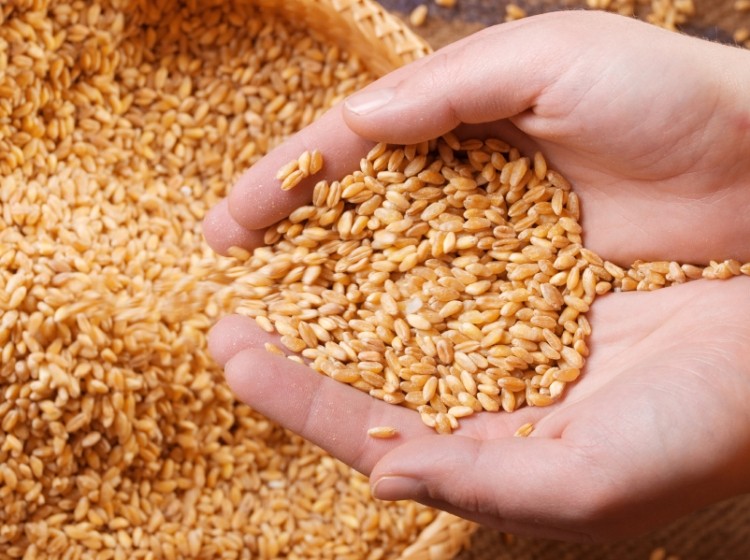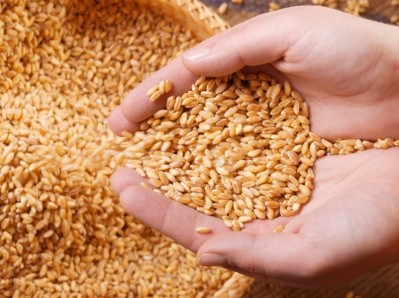Young adults may need targeting to increase whole grain intake

The UK does not provide specific whole grain consumption recommendations, unlike the United States, Canada, Denmark and Australia. The Danish recommendation is to eat 75 g of whole grains per day per 10 MJ of energy (about 2390 kcal), or 60 g per 8 MJ (about 1910 kcal), while the US recommends that adults eat at least three to five servings of whole grains per day. The UK only recommends “choosing whole grain, brown or high fibre varieties wherever you can”.
Meanwhile, a strong body of research suggests high whole grain consumption reduces the risk of heart disease, type 2 diabetes and some cancers, and could improve gut health.
This latest study looked at four-day diet surveys completed by more than 3000 UK individuals from 2008 to 2011. Median whole grain intake was 20 g per day for adults and 13 g per day for children and teenagers. Meanwhile, 18% of adults and 15% of children and teenagers consumed no whole grain foods at all.
“Whole grain intake in the UK remains low and below the US and Danish recommendations, although a small increase in intake was reported compared with the data from 2000/01,” the study’s authors wrote. “Teenagers and younger adults had particularly low whole grain intake, and this population group may need targeting to help increase whole grain consumption.”
More than half (57%) of children and teenagers surveyed did not consume as much as one 16 g serving of whole grains per day, and nor did 45% of adults. Only 17% of adults and 6% of children and teens met the US dietary recommendation of three to five servings a day.
“Reducing the cost and further increasing the availability of whole-grain foods together with better educational awareness may help to increase whole grain intake in the UK and in other countries without whole grain dietary recommendations,” the authors wrote.
Source: British Journal of Nutrition
Vol. 113, pp. 1643–1651 doi:10.1017/S0007114515000422
“Low whole grain intake in the UK: results from the National Diet and Nutrition Survey rolling programme 2008–11”
Authors: Kay D. Mann, Mark S. Pearce, Brigid McKevith, Frank Thielecke and Chris J. Seal








